As a travel writer with a penchant for uncovering the world’s lesser-known corners, I embarked on a soul-stirring journey through Guangxi, China’s southern gem. Forget the crowded hotspots of Guilin and Yangshuo—this 7-day adventure in August 2024 revealed a tapestry of ethnic villages, emerald rivers, and mist-shrouded mountains that left me spellbound. Guangxi isn’t just about postcard-perfect scenery; it’s a living museum of minority traditions and untouched beauty. Join me as I recount this offbeat odyssey, where every bend in the road brought a new surprise and every sunset felt like a private show.
My trip spanned from August 10 to 16, 2024, costing around $850 USD including accommodation, local transport, and meals. I flew into Nanning, Guangxi’s bustling capital, and hired a private car for flexibility—essential for reaching remote spots. The weather was humid but manageable, with occasional showers adding a mystical touch to the landscapes. Avoid peak holidays like Chinese New Year, as prices soar and crowds swell. Instead, late summer offers lush greenery and vibrant festivals. Now, let’s dive into the day-by-day magic!
Day 1: Arrival in Nanning – Gateway to Ethnic Wonders
Landing in Nanning felt like stepping into a cultural cauldron. After a quick nap at my guesthouse ($30/night), I headed to Qingxiu Mountain. This urban oasis, often overlooked, boasts manicured gardens and the ancient Guanyin Zen Temple. Pro tip: Visit at dawn for ethereal fog views. That evening, I wandered Minzu Avenue, sampling street food like luosifen (spicy snail noodles) for just $2—a fiery introduction to local flavors! Don’t miss the night markets, but watch out for overpriced souvenirs.
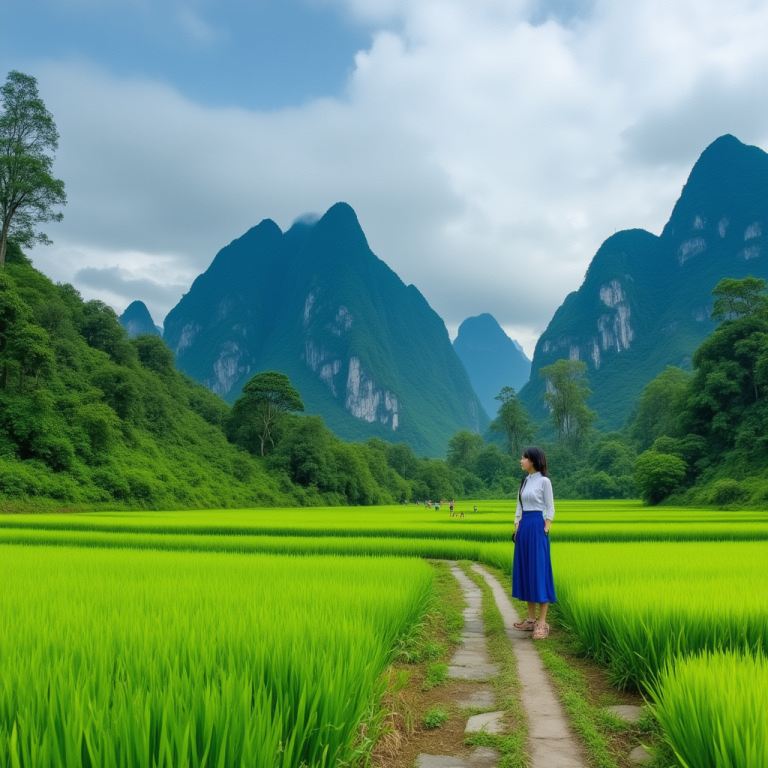
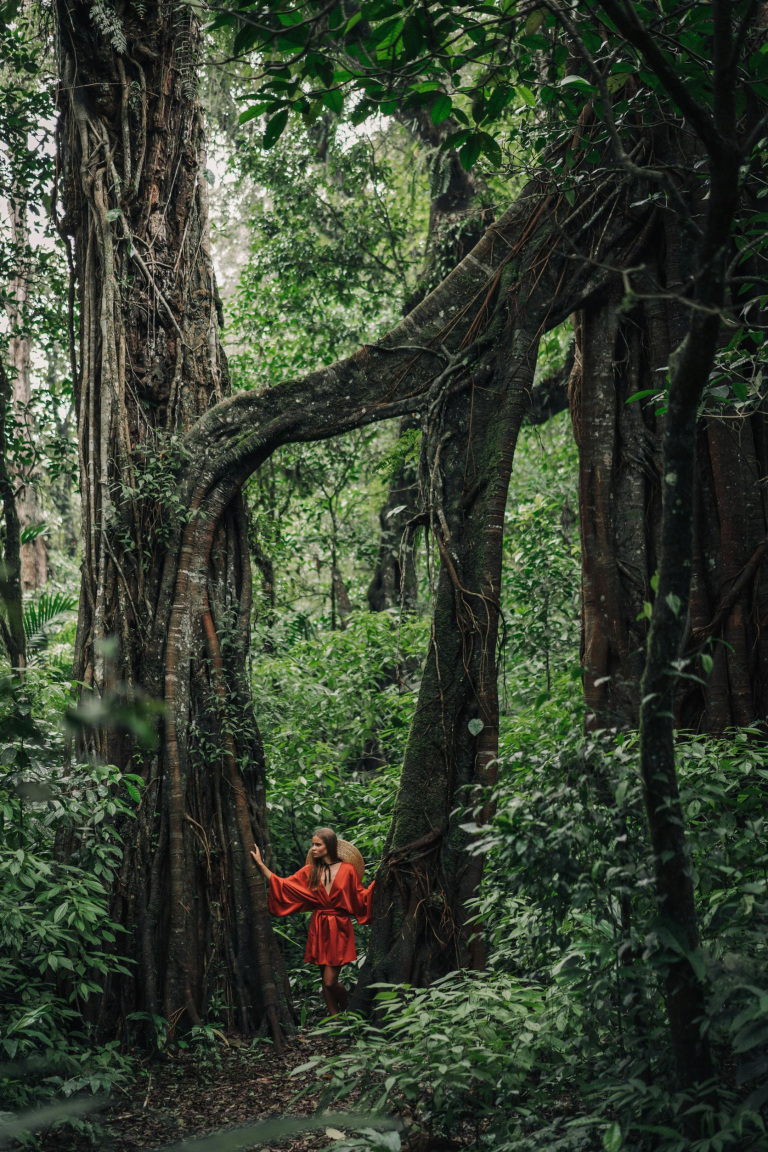
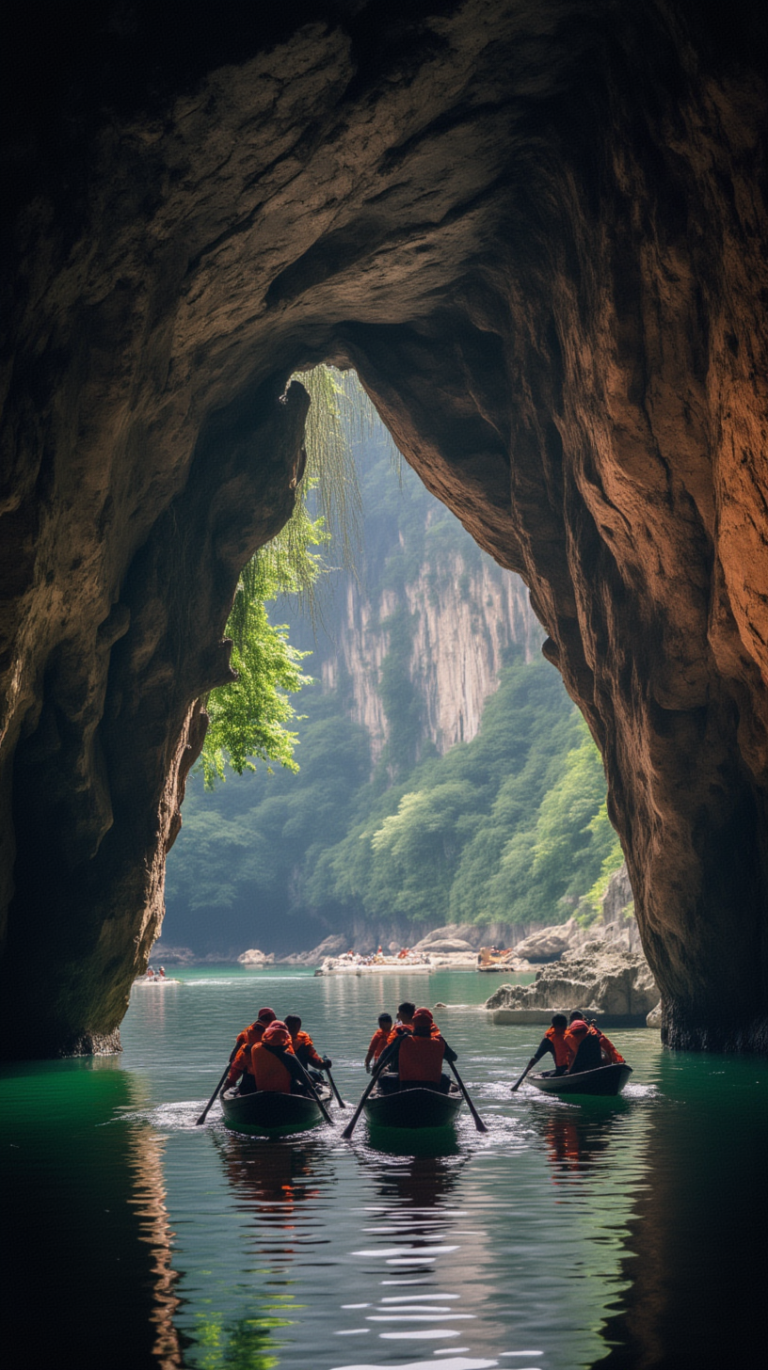
Day 2: Jingxi’s Tongling Grand Canyon – Nature’s Cathedral
A 4-hour drive from Nanning brought me to Jingxi, home to the Tongling Grand Canyon. This hidden marvel features a 160-meter waterfall plunging into a mossy abyss. I spent 5 hours hiking the trails, with entrance fees at $15. The highlight? Ducking behind the waterfall’s curtain into a cave shimmering with stalactites. Pure magic! Nearby, Sandie Ridge Waterfall offered free access and Instagram-worthy shots. Pitfall: Slippery paths—wear grippy shoes. That night, I stayed in a rustic homestay ($25) run by Zhuang locals, feasting on bamboo rice stuffed with river shrimp.
- Must-do: Early morning hike to avoid midday crowds
- Cost saver: Pack snacks; on-site vendors charge double
- Emotional high: The roar of the waterfall echoing through the gorge—utterly humbling
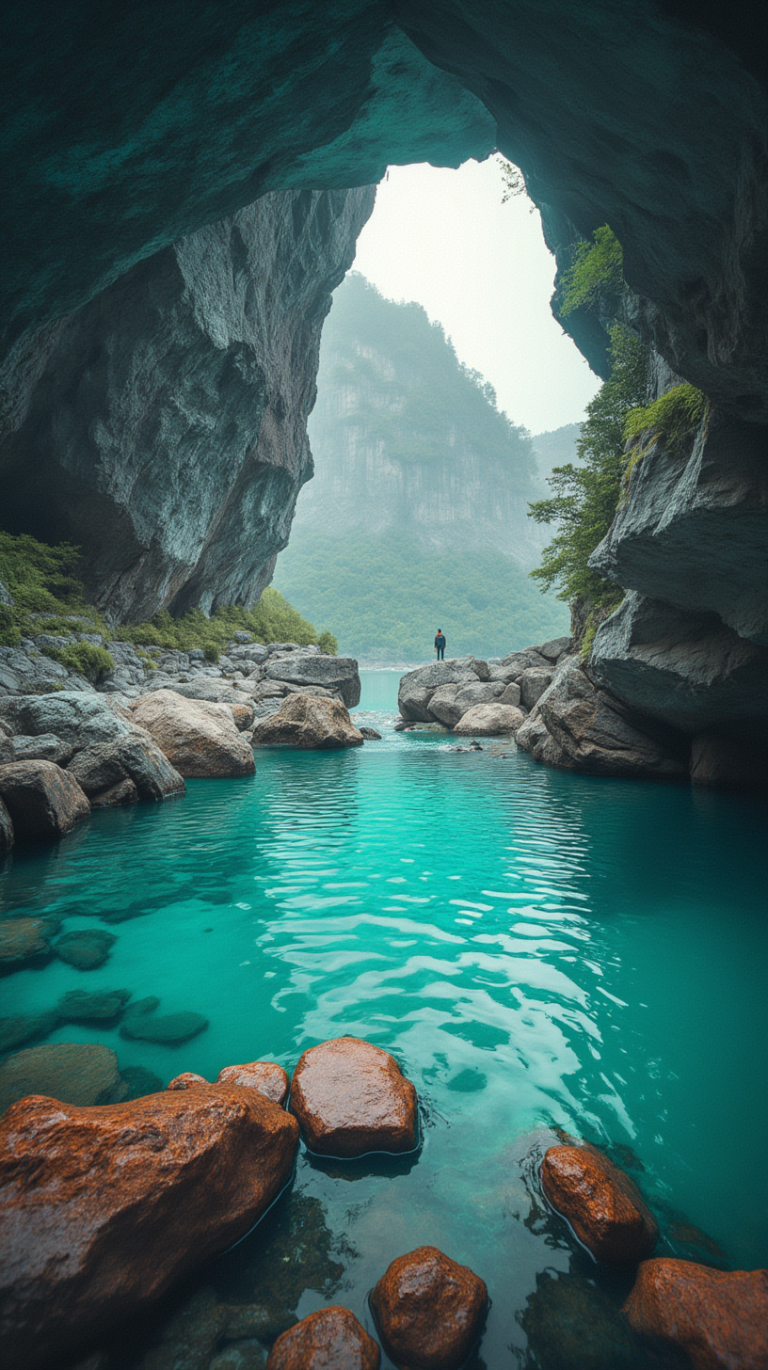
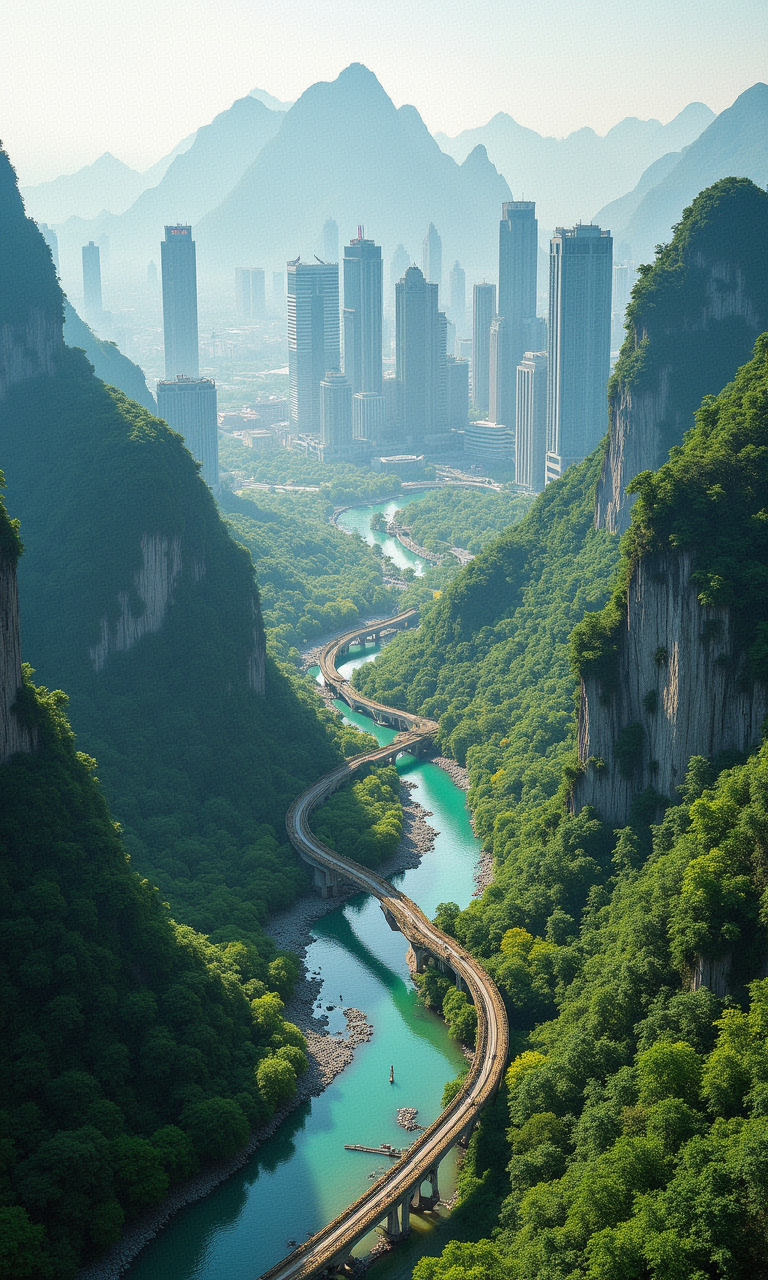
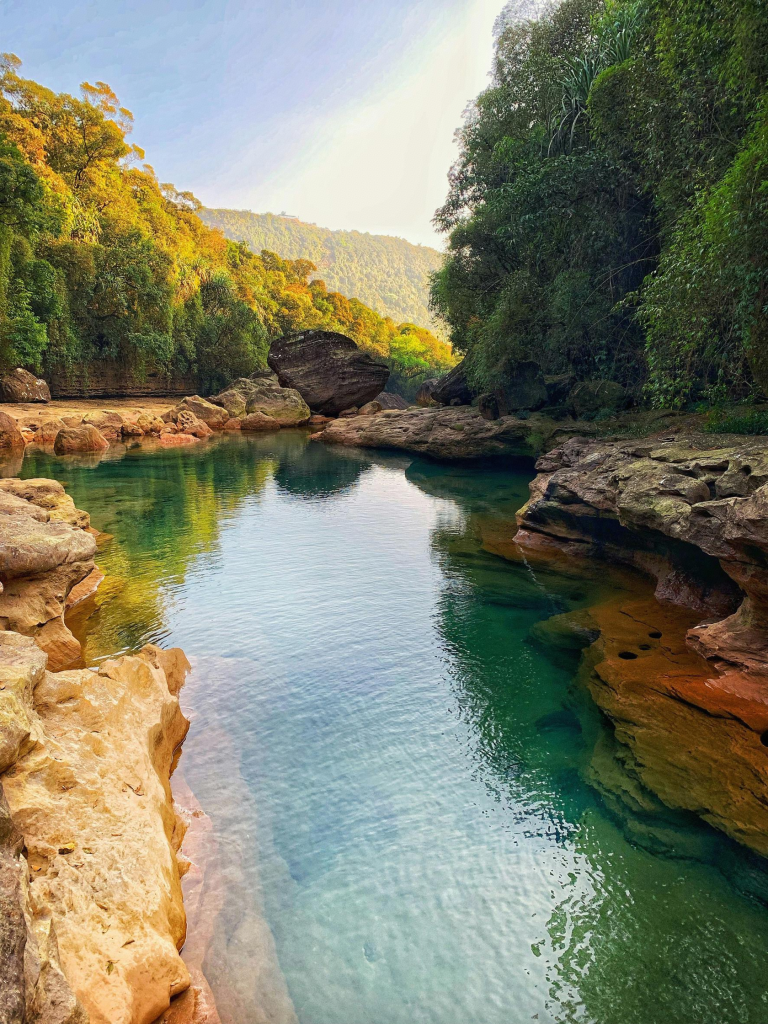
Day 3: Chongzuo’s Detian Waterfall – A Border Spectacle
Crossing into Chongzuo, I witnessed Detian Waterfall, Asia’s largest transnational cascade shared with Vietnam. The $20 entry included a bamboo raft ride ($5 extra) to the base—where mist kissed my face as water thundered down. Timing is key: Arrive by noon when Vietnamese authorities release more water for maximum drama. Nearby, Mingshi Countryside offered cycling through rice paddies ($10 bike rental), evoking a quieter version of Yangshuo. Watch out: Border checks require passports; I almost forgot mine! Evening brought a stay at a riverside eco-lodge ($40), with fireflies dancing over the Black Water River.
| Activity | Duration | Cost (USD) |
| Detian Waterfall visit | 3 hours | $20 |
| Bamboo raft ride | 30 mins | $5 |
| Mingshi cycling | 2 hours | $10 |
| Eco-lodge stay | Overnight | $40 |
Day 4: Pingxiang & Friendship Pass – Where Cultures Collide
Pingxiang, a sleepy border town, stunned me with its Tangwangcheng Fortress—a Ming-era relic where Chinese and Vietnamese influences blend. Entry was free, and I bartered for silk scarves at the market ($3 each). The real thrill? Crossing Friendship Pass into Vietnam for a day trip ($25 visa-on-arrival). Chaotic yet charming! I savored pho and coconut coffee before returning. Pitfall: Touts offering “quick visas” are scams; use official counters. Back in Guangxi, I explored Nanguo Qimiao Grand Canyon—its limestone pillars rivaling Zhangjiajie. A local guide ($15) shared Yao minority legends under starry skies.
Standing at Friendship Pass, with one foot in China and the other in Vietnam, I felt the pulse of centuries-old trade routes—history alive in every brick.
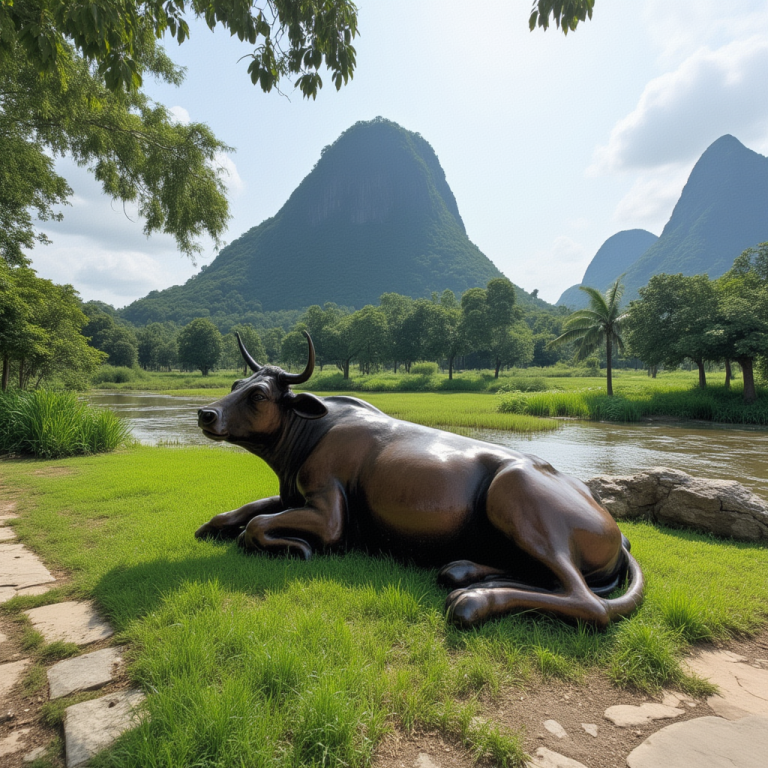
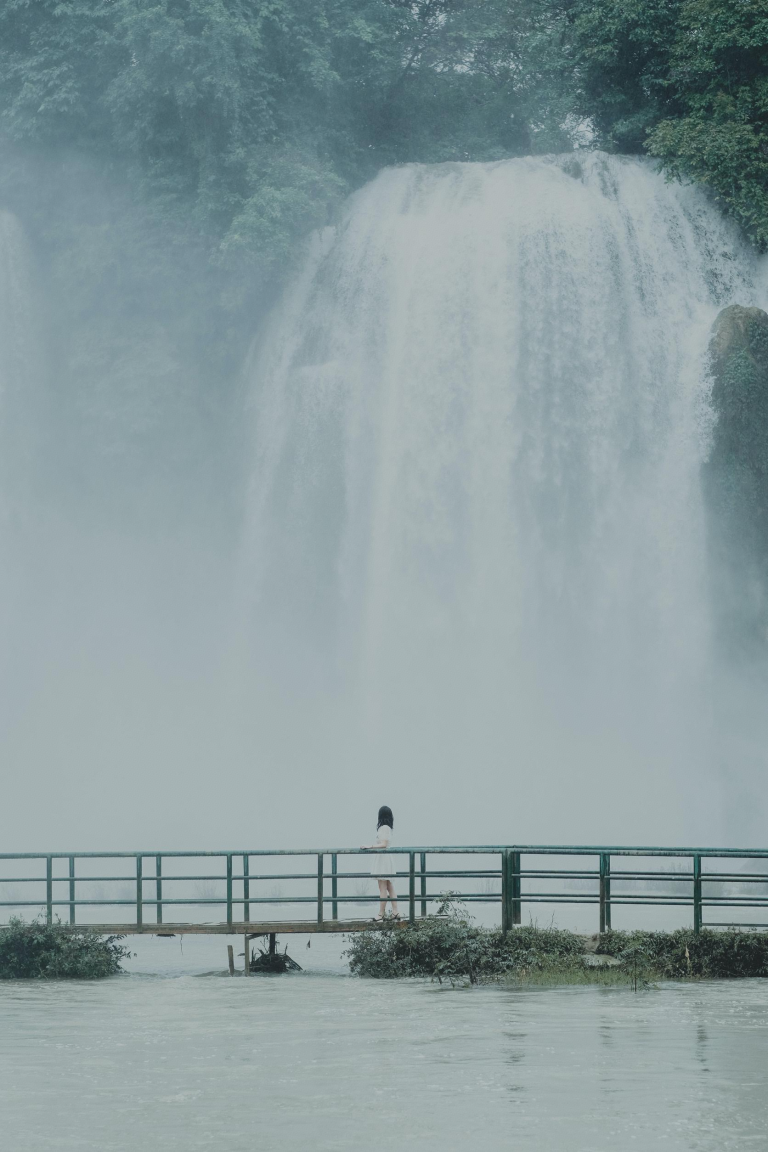
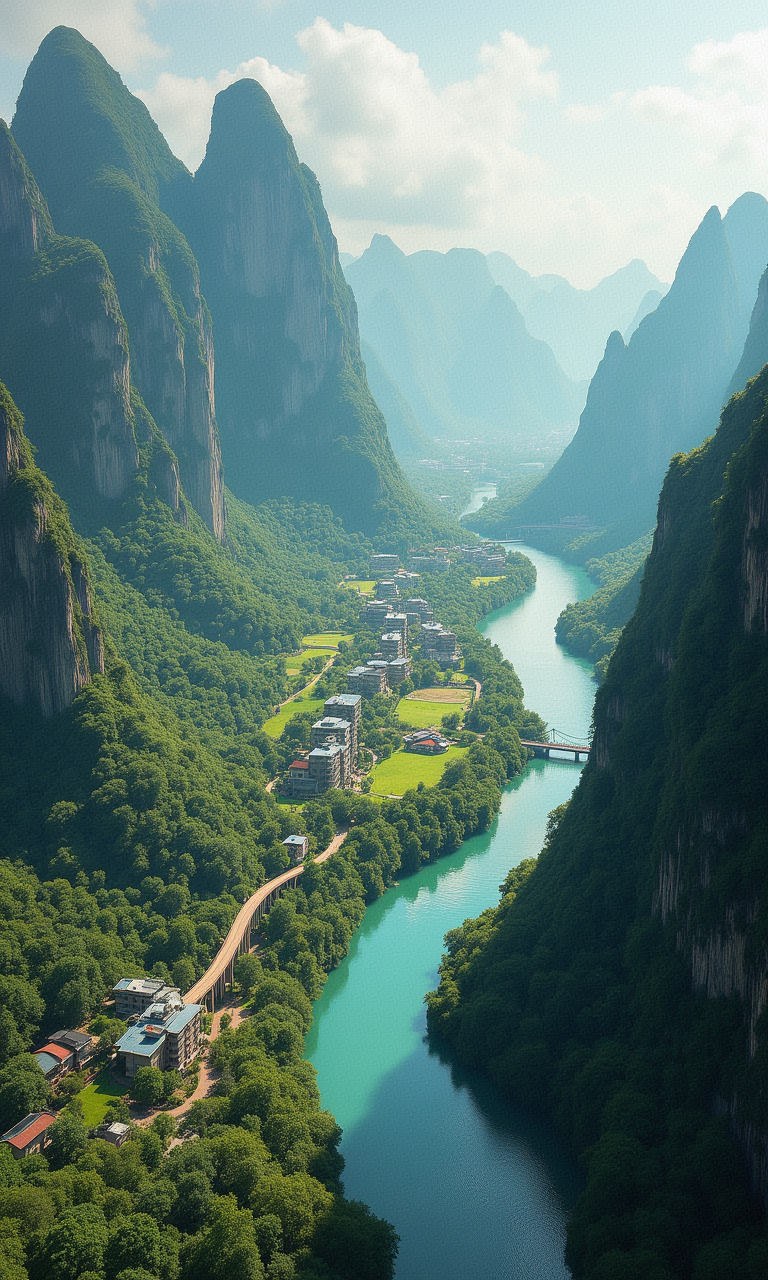
Day 5: Longsheng’s Ethnic Enclaves – Mountains and Memories
Longsheng’s terraced rice fields are famed, but I sought its soul in Zhuang and Yao villages. At Huangluo Red Yao Village, women with knee-length hair demonstrated indigo dyeing—I joined a workshop ($10) and left with a handwoven scarf. Longji Rice Terraces cost $12 to enter; hiking to the summit revealed panoramic views worth every step. Pitfall: Tourist traps selling “authentic” crafts; buy directly from artisans. I overnighted in a wooden stilt house ($35), waking to mist curling over paddies. Pure serenity! The emotional high? Sharing youcha (oil tea) with a Yao elder, her stories echoing generations of resilience.
- Cultural gem: Huangluo’s hair rituals—symbols of beauty and luck
- Budget note: Homestays include meals; savor wild herb hotpot
- Hidden spot: Ping’an Village’s sunrise viewpoint—fewer crowds, same awe
Day 6: Hechi’s Water Wonders – Caves and Crystal Streams
Hechi, a hydro-adventurer’s paradise, dazzled with Donglan Red Water River. I kayaked ($20) through “blue knife fish” swarms—April to June is peak season. Then, Sanmenhai (Three Gates Sea) captivated me: $25 for a boat ride through luminescent caves where stalactites glowed like chandeliers. Pro tip: Visit post-rain for fuller waterways. Avoid: Summer weekends when local families flock here. That evening, I soaked in Nandan’s geothermal springs ($15), their mineral-rich waters easing my aches. Drifting off, I replayed the day’s highlights—nature’s artistry at its finest.
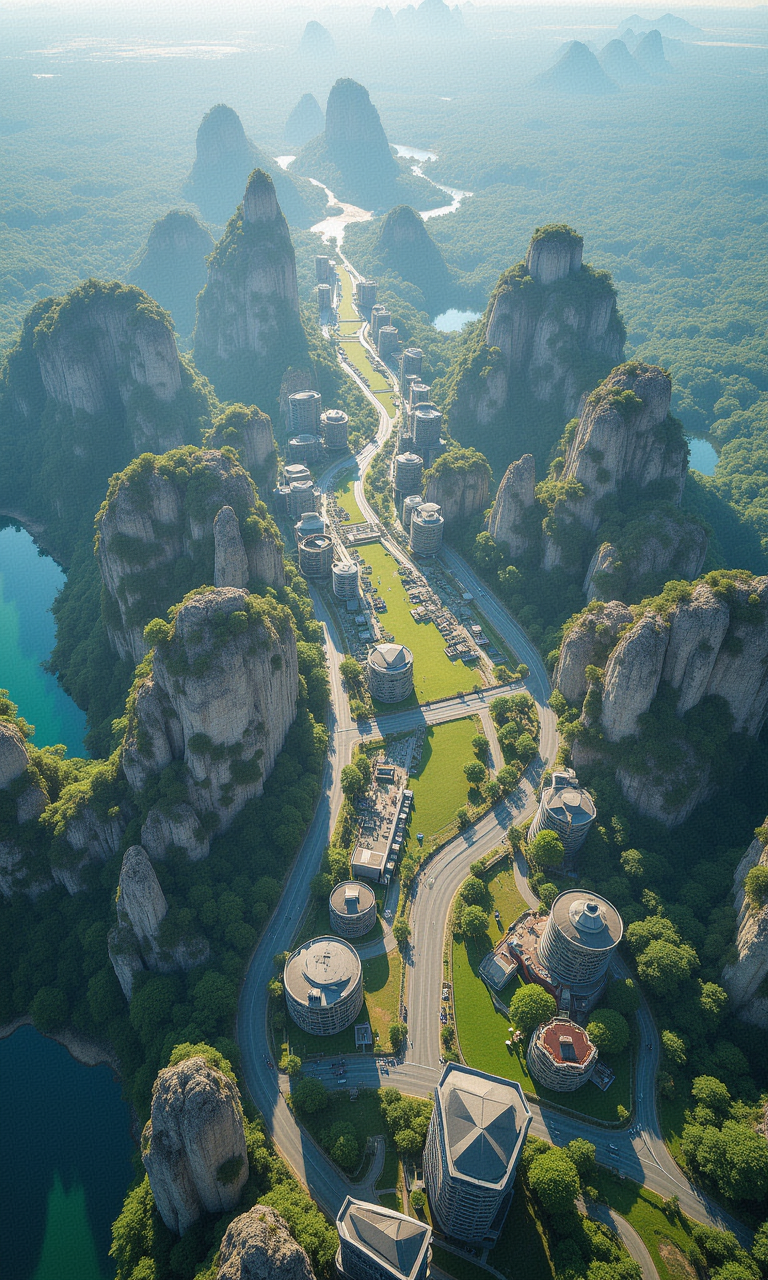


Day 7: Fangchenggang’s Coastal Charms – Sea and Serenity
My finale unfolded in Fangchenggang, home to the Jing Ethnic Islands—China’s only ocean-dwelling minority. At Wanwei Golden Beach, I joined fishermen casting nets at dawn ($5 lesson), their high-stilt techniques reminiscent of Sri Lanka. Bailong Peninsula offered abandoned forts and tide-pool foraging—free and fantastical. Pitfall: Summer typhoons can disrupt plans; check forecasts. I capped the trip with a seafood feast ($12) of grilled oysters and squid, watching the sun dip into the Gulf of Tonkin. Bittersweet farewell: Guangxi had gifted me not just sights, but soul-stirring connections.
Reflecting on this 7-day journey, Guangxi’s hidden gems—from Detian’s thunder to Jing islands’ whispers—proved that true travel magic lies off the beaten path. Total cost: ~$850, with priceless memories. For fellow adventurers: Rent a car, embrace spontaneity, and chat with locals—their stories are the real treasure. Guangxi, you’ve stolen my heart, and I’ll be back for your autumn hues. Until then, keep exploring, keep dreaming.

Those waterfall photos are BREATHTAKING! ? How difficult was the Tongling hike? My knees aren’t what they used to be after Yellowstone last year…
@WanderlustJunkie The main trail is moderate (steep in sections but with handrails). Alternative route: take the shuttle to mid-point ($3) to skip the steepest part! Bring hiking poles – saved my knees on those stone steps.
$850 for 7 days?! ? Did that include flights TO China? Planning for April 2025 and trying to budget. Also – was the Vietnam day trip worth the visa hassle?
@BudgetExplorer Excludes intl flights! Covers all ground transport/meals/lodging. Vietnam side-trip: 100% worth it! Pro tip: Apply for e-visa online beforehand ($25) instead of border VOA. Bring small USD bills for market bargains!
Just returned from Huangluo village thanks to your reco! The hair-combing ritual had me in tears ? How did you find homestays? We used local guide Chen (WeChat: GuangxiGuide_Chen) who charged $50/day – fair price?
@CultureCurator Homestays: Booked via Xiaohongshu (search #GuangxiHomestay) or local tourism offices. Chen’s price is standard including transport! @MonsoonDreamer Fully agree – October is IDEAL! Cooler temps + harvest festivals ?
PSA: Avoid July-August unless you LOVE sauna-like humidity! Went last week – Detian was majestic but sweat-drenched within minutes. Best month? October rice terraces were GOLDEN when I went!